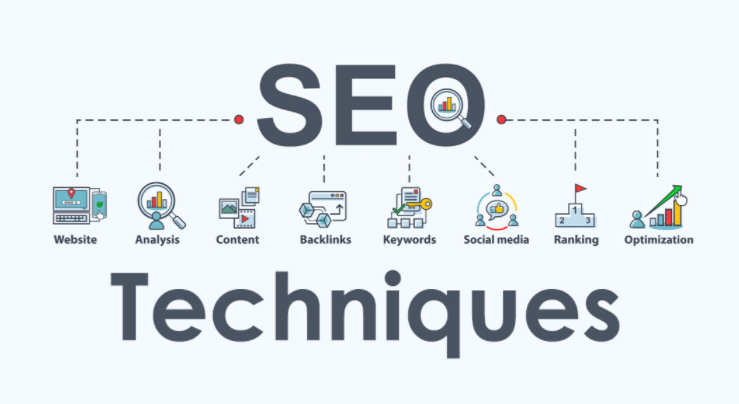Search Engine Optimization (SEO) is crucial for any online presence, helping to increase visibility and drive organic traffic to websites. With ever-evolving algorithms and increasing competition, employing effective SEO techniques is more important than ever. Here’s a comprehensive guide to some key SEO strategies.
1. Keyword Research
Understanding Your Audience: The foundation of any SEO strategy starts with keyword research. Identify the terms and phrases your target audience uses when searching for your products or services. Tools like Google Keyword Planner, SEMrush, and Ahrefs can help you discover relevant keywords, including long-tail keywords that are less competitive.
Competitor Analysis: Analyze your competitors' keywords to find gaps and opportunities. This can help you refine your own keyword strategy.
2. On-Page SEO
Title Tags and Meta Descriptions: Craft compelling title tags and meta descriptions that include your primary keywords. This not only helps search engines understand your content but also encourages users to click on your links.
Header Tags: Utilize header tags (H1, H2, H3) to structure your content. This makes it easier for search engines to crawl your pages and improves user experience by breaking up the text.
Content Quality: Focus on creating high-quality, informative content that provides value to your audience. Aim for content that answers questions, solves problems, and is engaging. Incorporate keywords naturally, avoiding keyword stuffing.
3. Technical SEO
Site Speed: Page load speed is a critical ranking factor. Use tools like Google PageSpeed Insights to analyze your website’s performance and implement suggestions to improve loading times.
Mobile Optimization: With an increasing number of users accessing websites via mobile devices, ensure your site is mobile-friendly. Responsive design is essential for providing a seamless user experience.
XML Sitemap and Robots.txt: Create an XML sitemap to help search engines index your site more effectively. Use a robots.txt file to manage crawler access and guide them to your most important pages.
4. Off-Page SEO
Link Building: Establishing a robust backlink profile is vital for improving your site’s authority. Focus on acquiring quality backlinks from reputable sites through guest blogging, partnerships, and influencer outreach.
Social Media Engagement: Promote your content on social media platforms to increase visibility and drive traffic. Engaging with your audience on these platforms can lead to shares and backlinks.
5. Local SEO
Google My Business: For local businesses, optimizing your Google My Business listing is crucial. Ensure that your information is accurate and complete, and encourage customers to leave reviews.
Local Keywords: Incorporate local keywords into your content and meta tags. This helps search engines connect your business with local searches.
6. Regular Monitoring and Adjustments
Analytics Tools: Utilize tools like Google Analytics and Google Search Console to monitor your site’s performance. Track metrics such as organic traffic, bounce rates, and conversion rates to assess the effectiveness of your SEO efforts.
Stay Updated: SEO is not a one-time effort; it requires ongoing optimization. Stay updated with the latest trends, algorithm changes, and best practices to ensure your strategies remain effective.
Conclusion
Implementing these SEO techniques can significantly enhance your website’s visibility and traffic. Remember, SEO is a long-term strategy, and results may take time. Stay committed to optimizing your content, monitoring your performance, and adjusting your approach as needed to achieve lasting success in the digital landscape.
